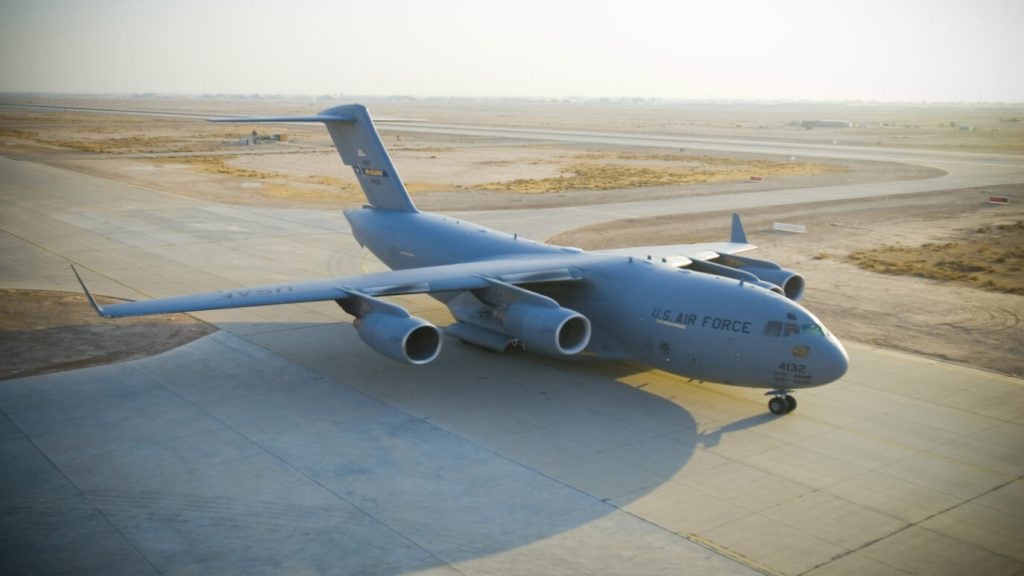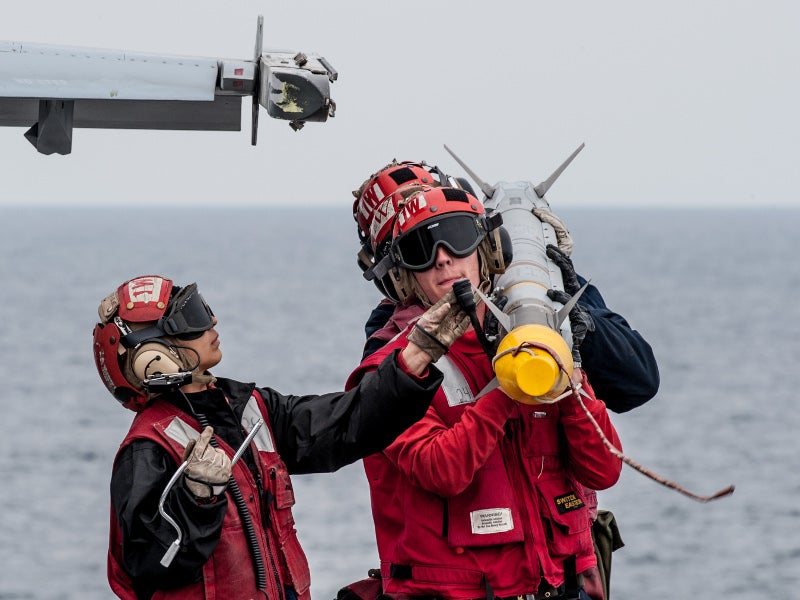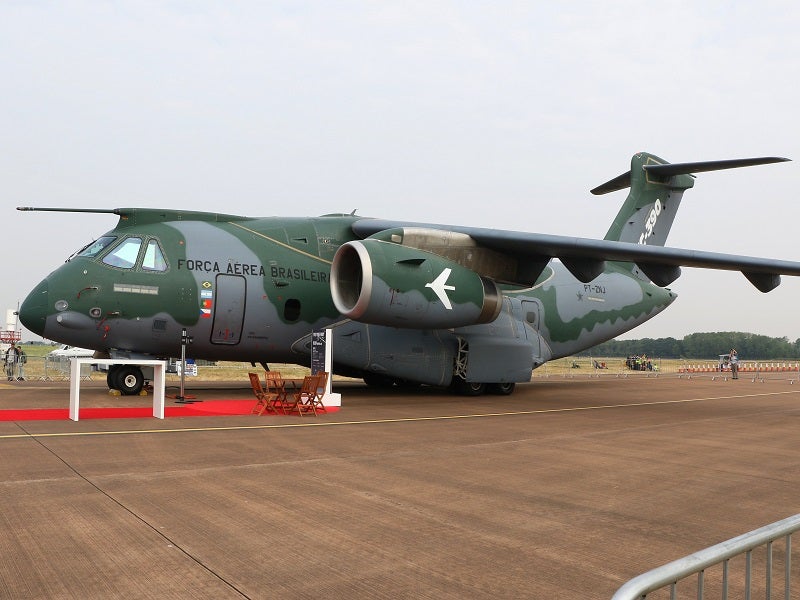Northrop Grumman‘s Open Mission Systems (OMS) architecture has demonstrated its ability to be successfully integrated across multiple systems and platforms during recent test flights at Edwards Air Force Base, California, US.
Conducted in June, the test flights demonstrated the ability to rapidly integrate subsystems onto the B-2 Spirit stealth bomber and Nasa’s Global Hawk unmanned aircraft system (UAS) using OMS-compliant computing architecture.
The most recent demonstration featured the B-2 Spirit, the company’s fully OMS-compliant Gulfstream G550 test bed aircraft configured as an intelligence, surveillance and reconnaissance asset, and an OMS-compliant battle management command and control (BMC2) ground node.
Air Force Life Cycle Management Center programme executive officer for fighters and bombers brigadier general Eric Fick said: "This demonstration paves the way for the B-2 weapon system to provide new operational capability well into the future at an affordable cost."
During the trial, the G550 ISR aircraft detected a new ground threat and broadcast the threat’s location across an OMS-compliant line-of-sight Link-16 data link, which provides the threat information to the BMC2 node that assigns a nearby B-2 to engage the target.
The B-2 used its onboard OMS-compliant auto-routing function to re-plan its mission to prosecute and destroy the target in a simulated attack.
How well do you really know your competitors?
Access the most comprehensive Company Profiles on the market, powered by GlobalData. Save hours of research. Gain competitive edge.

Thank you!
Your download email will arrive shortly
Not ready to buy yet? Download a free sample
We are confident about the unique quality of our Company Profiles. However, we want you to make the most beneficial decision for your business, so we offer a free sample that you can download by submitting the below form
By GlobalDataUS Air Force B-2 System programme manager colonel Rob Strasser said: "The collaboration and innovation required by the team to rapidly plan, integrate and demonstrate OMS on the B-2 has illustrated the ability to reduce cost, while significantly increasing mission effectiveness."
Northrop Grumman Aerospace Systems president and corporate vice-president Tom Vice said: "OMS provides us with the ability to rapidly incorporate new innovative, affordable and adaptable capability into our products."
Apart from funding the OMS development and integration, Northrop also supported the test activities in collaboration with the Air Force B-2 System Program Office.
The OMS architecture has been developed in partnership with the industry, and uses a common message interface for subsystems such as radar and communication systems and services such as auto-routing and battle management.
The standardised approach enables reuse of OMS-compliant mission systems and services across multiple aircraft, while simplifying the development process for new mission capabilities. It also shortens integration time with the platform and facilitates affordable insertion of new capabilities.







